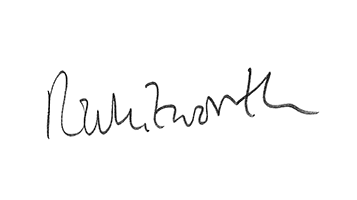A dinner table discussion about Hurricane Irma (24 people dead) and Mexico’s 8.2 earthquake (90 people dead) and the resulting devastation culminated in a late-night movie: The Impossible – a portrayal of one family’s experience of the 2004 Indian Ocean tsunami that ripped through the otherwise idyllic Kao Lak in Thailand. Though contrived in parts - and dramatized where absolutely no additional drama was required - the filmmakers did succeed in two compelling aspects (the reason behind my friend’s recommendation): i) depicting the horror of real-life disaster and desperation, and ii) showing how good (or not) people can be in times of crisis.
Certain (often subtle) moments really triggered my empathy chip. In particular, I was reminded of the Tōhoku earthquake and my concern for friends after a monster tsunami decimated Japan’s northeast coast in 2011 (15,894 people dead and 2,562 missing, according to a National Police Agency report in 2015). But helicopter footage fails to capture the turmoil and tragedy unfolding under the ravaging water (unlike The Impossible). As analytical scientists, you’re used to dealing with numbers - how else could you quantify anything? And when it comes to humans - particularly those in far-flung lands - it’s often easier to deal with the numbers that catalog victims of catastrophe, atrocity, disease or famine by not fully acknowledging that each unit represents a life, a family, and heartbreak. But clearly, we are not simply numbers. It is almost impossible to fully protect people against natural disasters. But for preventable suffering, absurdly large numbers can spark outrage or, more productively, the strong desire to ‘do something.’ Why are half a million people (two thirds of them children) dying from malaria - a treatable disease - each year? Why are more than half of the people infected with HIV unaware of the fact? Those two questions motivated the first and second Humanity in Science Award-winning projects, respectively (1).
As analytical scientists, you have already been motivated to ‘do something.’ After all, (analytical) science is often driven by the desire to improve the safety of our drugs, food or environment - or to better understand, diagnose and treat disease. The third Humanity in Science Award winning project will be announced and presented on October 2 in Berlin to coincide with KNAUER’s 55-year anniversary; we’re delighted to have KNAUER on board as partners for 2017. But what is humanity? Being compassionate? Being generous with our resources or skills? Helping people in need? Well, sometimes it also requires the vision to solve a problem that seems impossible.
Rich Whitworth Content Director

References
- www.humanityinscienceaward.com




